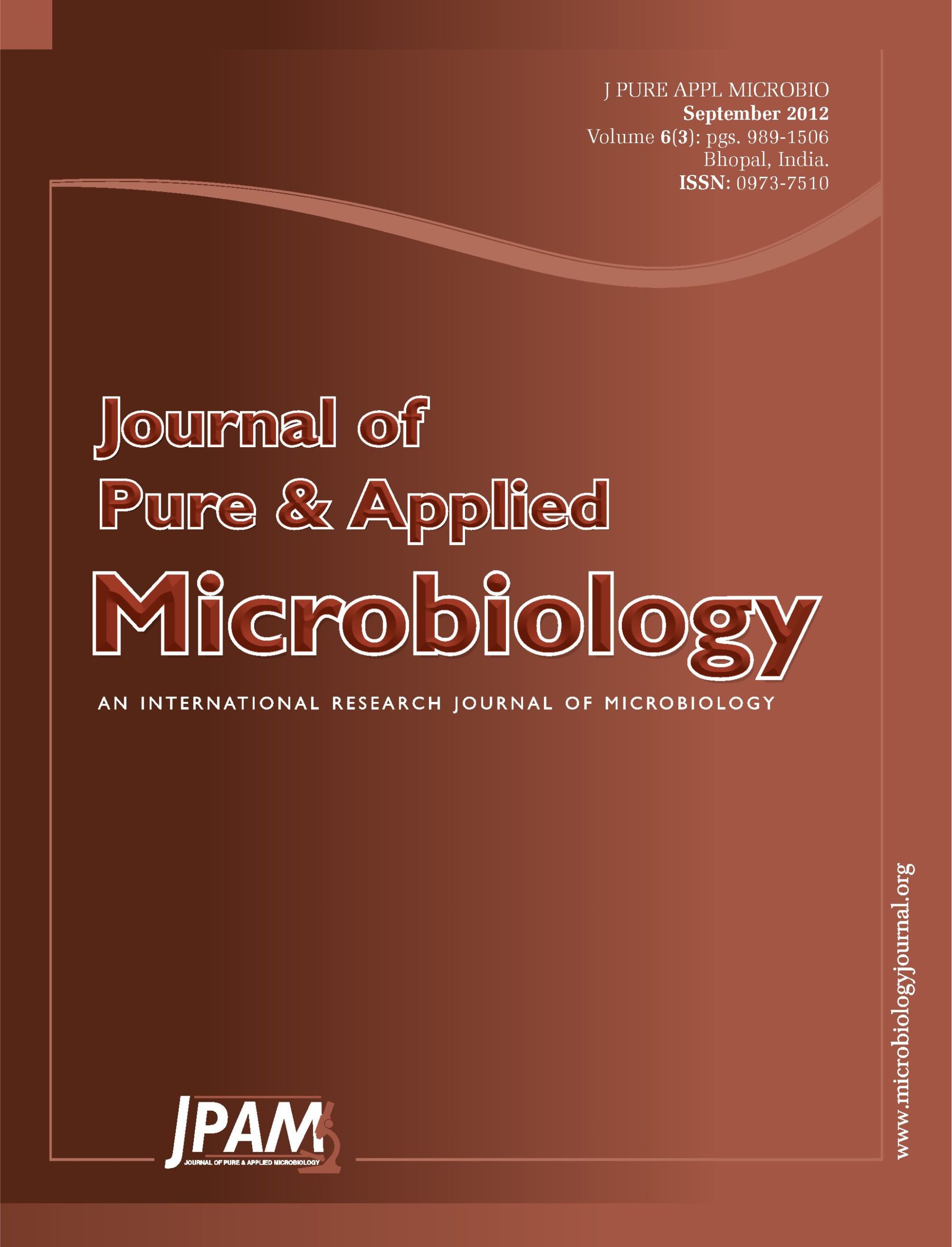Investigation on anthracnose (Colletotrichum gloeosporioides Penz. and Sacc.) of castor (Ricinus communis L.) under south Gujarat conditions was carried out to find out suitable management strategies. Due to hazardous effect of chemical fungicides, search for safer alternative to control the pathogen is better choice. This led to trials on the use of bioagents to control the pathogen. The bioagents such as T. viride, T. harzianum,
T. longibrachyatum, T. virens, Chaetomium globosum, Aspergillus niger, and A. flavus were evaluated by dual culture, pathogen at periphery and pathogen at the centre technique respectively to monitor antagonistic effect. The results revealed that out of all the eight bioagents used, three bioagents viz., T. viride, T. harzianum and A. niger showed strong antagonistic effect to inhibit the mycelia growth of the pathogen significantly.
Anthracnose, Castor, Trichoderma spp., Aspergillus spp
© The Author(s) 2012. Open Access. This article is distributed under the terms of the Creative Commons Attribution 4.0 International License which permits unrestricted use, sharing, distribution, and reproduction in any medium, provided you give appropriate credit to the original author(s) and the source, provide a link to the Creative Commons license, and indicate if changes were made.


